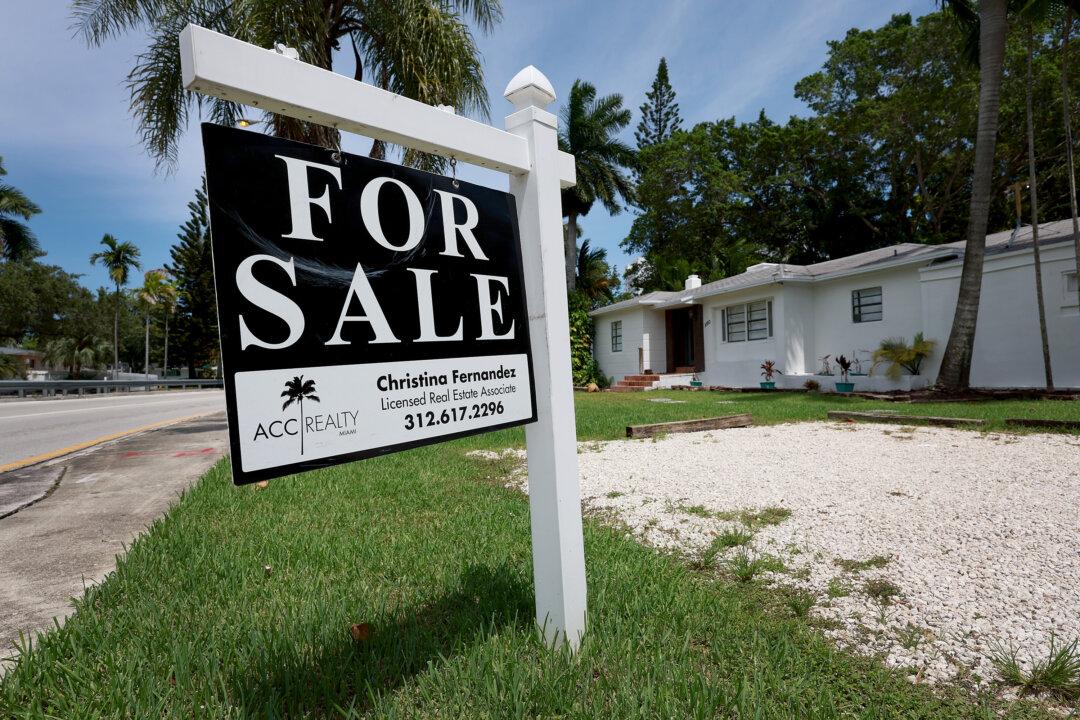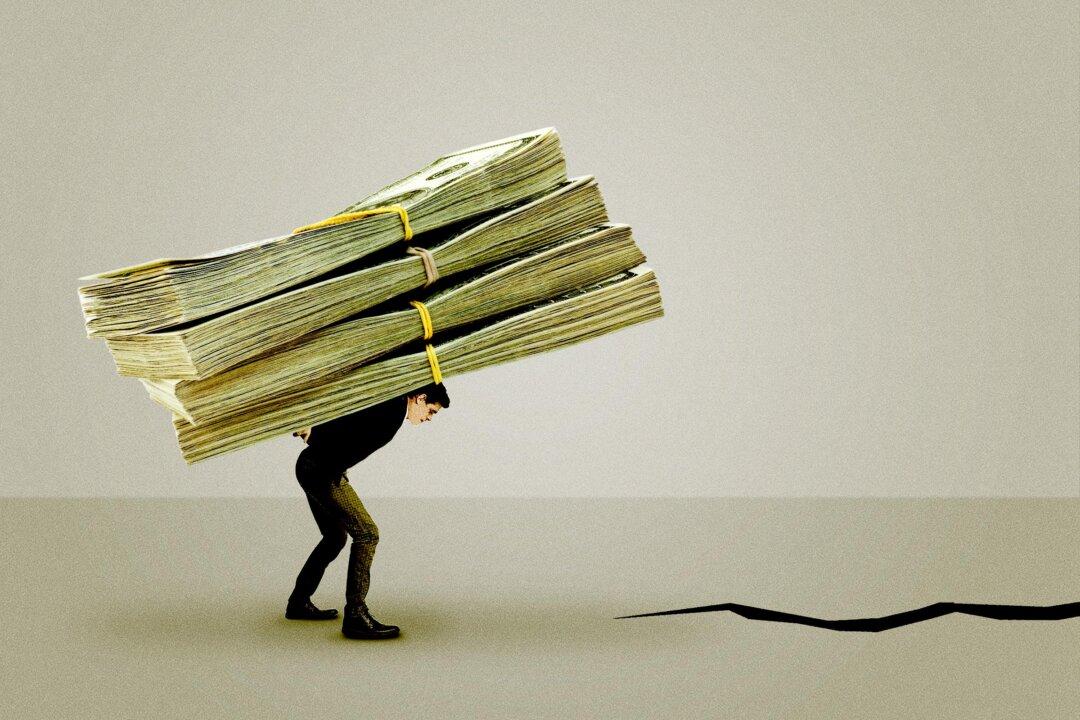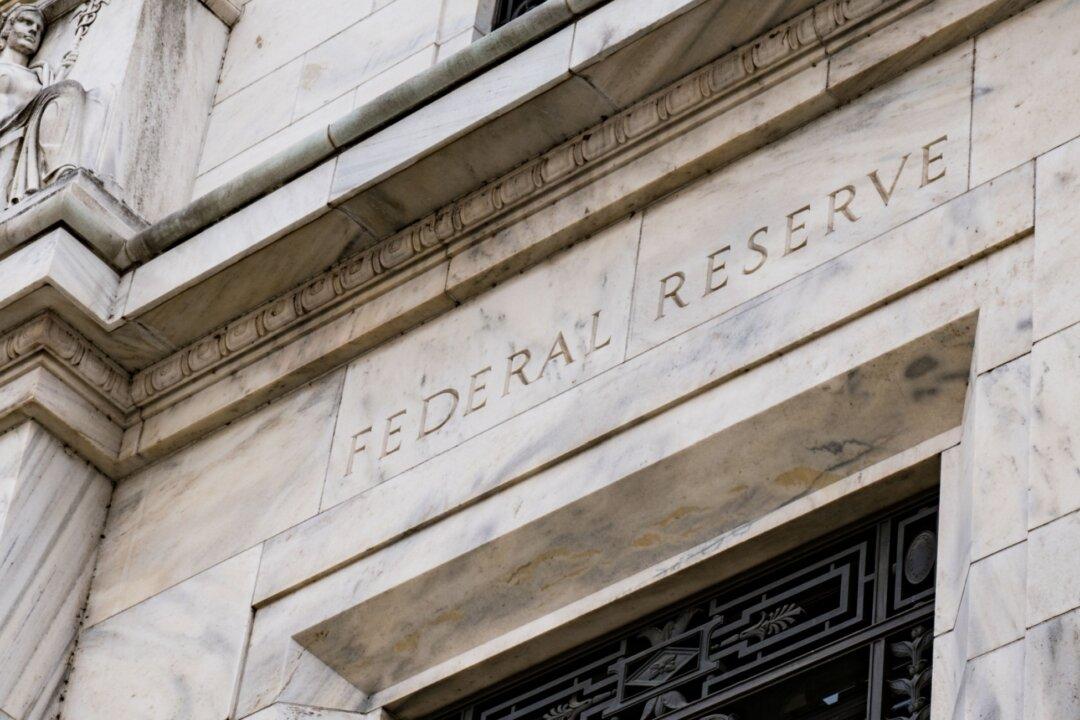Commentary
Who can afford to live in America? Apparently, most Americans cannot. With the easy-money-fueled asset bubble of the past two decades, home ownership—and the cost of shelter in general—has been one of the sectors most affected by inflation and rising prices. What happens to a society in which its citizens cannot afford to live comfortably? History has the answer, and it is an unpleasant one.





